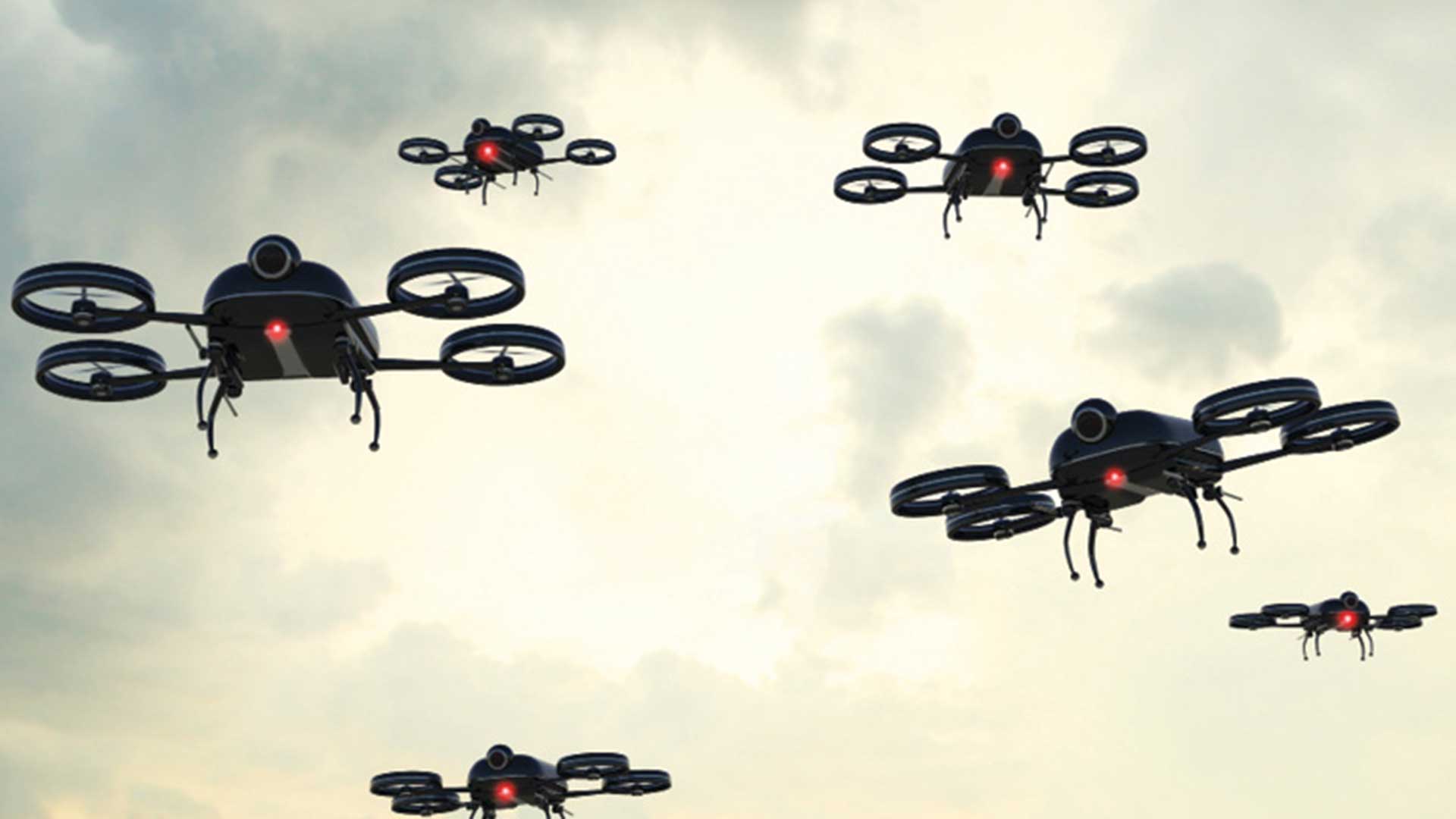
The Minneapolis Police Department is moving forward with its unmanned aerial vehicle (UAV) drone program in an effort to improve public safety despite heavy opposition from the public.
The MPD argued that the drones, which they estimate will cost taxpayers around $30,000 to $40,000, are a cheaper, safer and more effective alternative to helicopters, with greater maneuverability and without the need for a pilot in the cockpit.
The department explained that drones are a one-off purchase while helicopters cost thousands of dollars per hour to operate.
UAVs also offer unique advantages by getting more eyes on the ground, with the ability to weave between buildings, streets and alleys. They can also give officers’ a bird’s-eye view of an area by flying up to 400 feet in the sky.
Police say the technology can further help assess emergencies and natural disasters from a distance instead of putting officers in potentially dangerous situations.
The MPD assured the public that they were following state guidelines with their drone program policy.
Minnesota law allows law enforcement agencies in the state to use drones with certain limitations and privacy protections, such as requiring a warrant when using a drone that obtains biometric data or has facial recognition capabilities.
The law also requires agencies to report when they use a drone without a search warrant, the reason for its deployment and the associated cost.
MPD Commander Jonathon Kingsbury said that due to staffing shortages and less police on the streets, the department had been forced to pursue alternative public safety strategies — in this case, drone technology.
“We can cover a lot of area quickly in search of a lost child, vulnerable adult or even a suspect much more so than officers on foot or in squad cars,” Kingsbury explained.
The MPD currently has 604 sworn police officers. However, 33 of those are on continuous leave for two weeks at a time.
According to a report from the Bureau of Criminal Apprehension, agencies across the state deployed drones a total of 2,200 times in 2021.
The data showed that most of these deployments were used for police training or public relations purposes. Drones were deployed for emergency situations involving a risk of death or bodily harm to a person just 23% of the time.
Kingsbury said the department plans to use drones cautiously and has developed a strict policy for their use.
The drone policy, which will be finalized in the coming weeks, requires the department to first obtain a warrant if using a UAV to target an individual or group, prohibits the use of weapons on drones and bans the use of drones for harassment, collecting data on protests, and the surveillance of random civilians not involved in a criminal investigation.
Criminal defense attorney Joe Tamburino is a proponent of the program. He said that using drones could help boost public safety by allowing police to get to crime scenes and identify license plates more easily.
Other proponents of the program said that the technology could help limit dangerous encounters between police and civilians.
However, many community members said they don’t trust the department to adhere to their drone policy, citing accountability as a major concern.
“The last thing we need is to exacerbate the already strained relations between MPD and the citizens of Minneapolis by introducing technology that carries vast potential for abuse with little to no real meaningful public input or oversight,” Mill District resident Susan Van Pelt told the city council.
Munira Mohamed, an advocate with the coalition Safety not Surveillance, told the MinnPost that relying on technology to replace human personnel raises numerous moral issues.
“You have all of this new technology and new algorithms and new ways of surveilling people and tracking people’s data, but you need some kind of human controls, you need some kind of human element that’s able to make the decision that we want to protect people’s civil rights,” she said. “A computer shouldn’t be making any kind of decision when it comes to life and death circumstances like the criminal justice system or in law enforcement.”
The MPD has not yet acquired the equipment.





